1
HOME > Tips & Advice >
HOW TO SUCCESSFULLY LAYER FOR AUTUMN AND WINTER
Written by Ivan Yaskey in Tips & Advice on the 7th October 2019

You can feel it in the air. No, we’re not referencing a dodgy ‘90s Eurodance lyric. Rather, September has passed, the humidity-embracing conditions have faded into cool-but-not-quite-cold realms, and every supermarket and coffee shop is trotting out some pumpkin spice-flavoured concoction. Autumn is here in spirit, and unless you spend most of your waking moments in a hot yoga session, you’ve got to layer up.
How hard could it be? You put one thing on, and then another, and perhaps remove one when you feel your pits perspiring. Yet, certain approaches prove to be more successful than others. If it all goes well, you’re warm, can move, and have the tools to adjust from a walk outdoors to sitting in office air conditioning. If you just toss stuff on, you’ll be too cold, too hot, look and feel awkward, or resemble the younger brother in A Christmas Story. All this said, layering requires strategy. Half-assing it by just grabbing random stuff won’t cut it. Here’s how to get started.
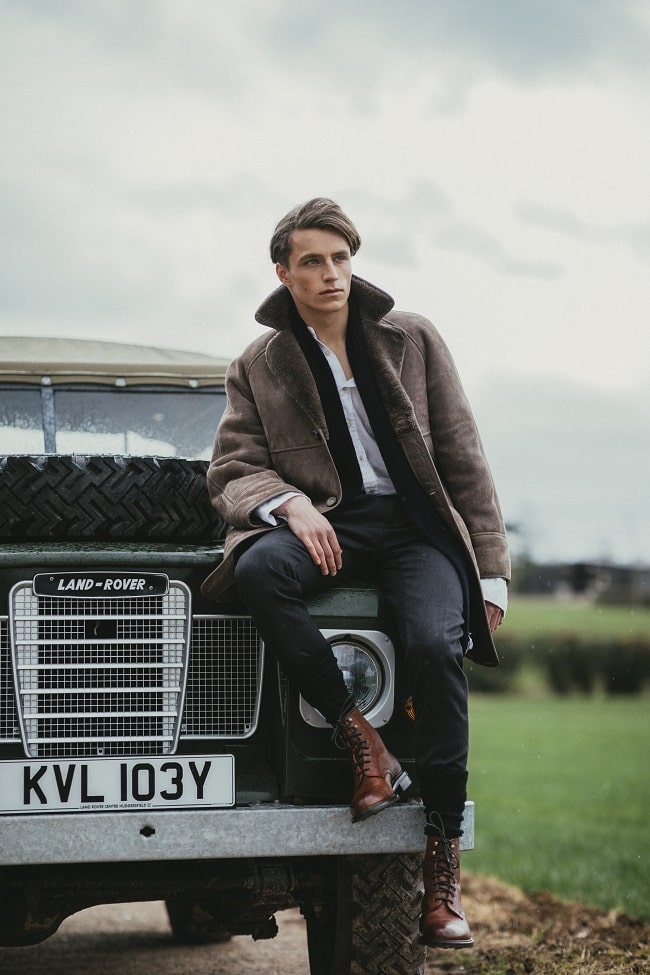
Understand the Basics
Use a more technical template as your guide: the U.S. Military’s multi-garment Gen III Extended Cold Weather Clothing System (ECWCS), hardcore hiking apparel, or whatever wintertime runners strap on to continue training. Whatever the frame of reference, you’ll find:
Base Layer: Sitting right on the skin, this garment should be the thinnest in your setup, and ideally assist with controlling moisture and temperature. In more technical pursuits, sweat buildup that stays there and soaks through is the gateway to hypothermia. For colder days (read: early January), consider slightly thicker base garments with wicking and warming properties.
Midlayers: Go with one or two as the weather, situation, and activity level permit. In any scenario, these garments offer a bit more body, in turn insulating your core. Ideally, midlayers should be streamlined and not too bulky, as they’ll need to fit below an outer garment.
Outer Layer: Right now, a lightweight water-resistant shell or rain jacket is enough. By late November, look for a bit more body along with any weather-blocking properties.
From this point, look to the weather to determine which garments to select. Cold but not damp may call for a midweight fleece or another type of breathable midlayer, while a water-resistant outer, complete with vents for air circulation, is recommended once you spot rain. On warmer days, continue to keep things light – no more than a windbreaker or bomber on top, and moisture-controlling base garments.
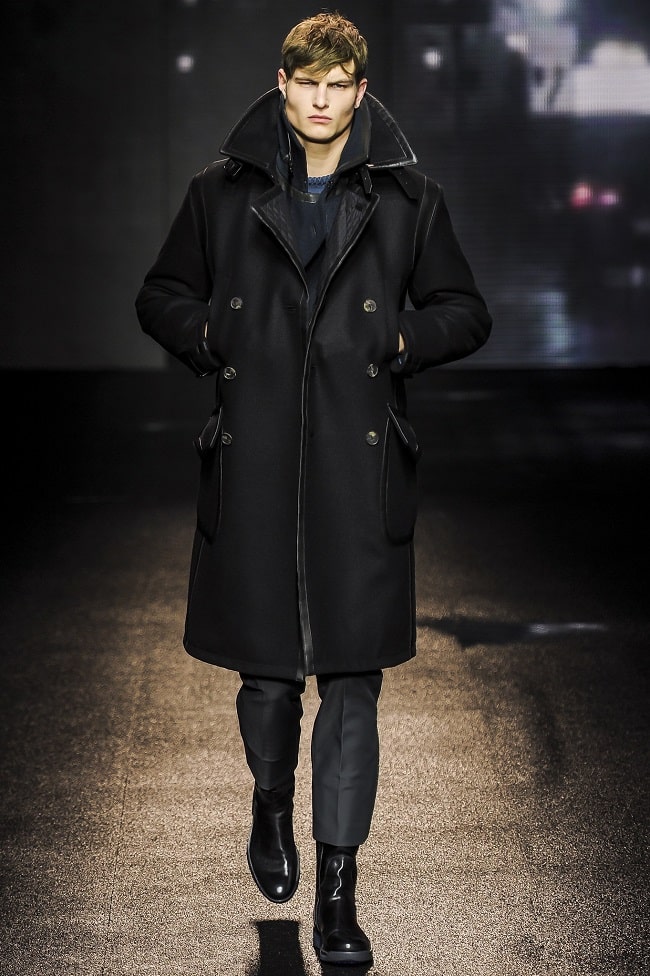
Tech to Everyday – Begin from the Base
For a runner or hiker, designated base garments may be made of a stretchy synthetic – think a poly/spandex combo – or be a lightweight fleece enhanced with moisture-wicking, quick-dry properties. Everyday, though, this combination is slightly too techy – not to mention cumbersome in the office – and generally, an undershirt and briefs suffice. As undergarments move beyond the boxers-or-briefs dichotomy, you’ll encounter some moisture-wicking fabrications – a cotton blend or fully polyester – and others with mesh or a similarly porous texture for improved air circulation. For more active pursuits, any colour goes – black to a bright neon shade. Visible undergarments in the office, though, are about as gauche – and professionally oblivious – as you can get, so seek out unobtrusive, skin-skimming fits in neutral colours. And, if you’ll be wearing a white dress shirt over, make sure anything underneath is either solid white or skin toned.
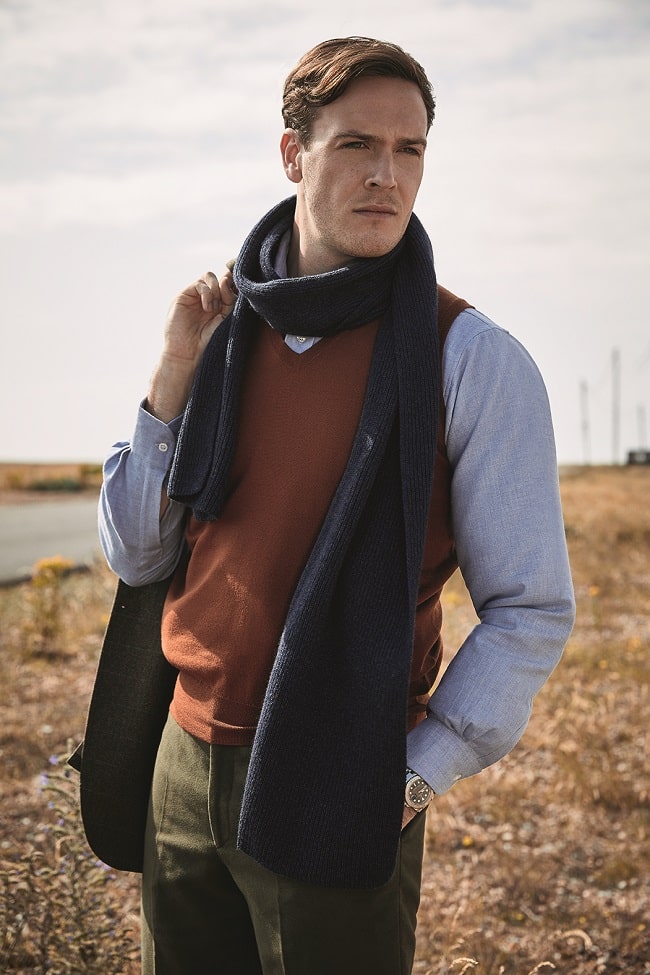
Midlayers – You Have Choices
Again, strictly technical, your fleece, puffer, thicker merino sweater, or even Sherpa comes into play at this stage. These days, panelled designs, packability, and synthetic insulation create a relatively economical option that, especially when stuffed into a backpack, can be deployed in moments. For fall weather, a vest even shrinks your load down further, offering warmth right to your chest and waist, without anything extra in the arms. By winter, prepare to double-up or switch between these garments. Yet, while the fleece vest – particularly high-dollar varieties from Patagonia – has grown into a status symbol for the middle-management corporate set, you have other, more fashionable choices. Case in point, the button-front cardigan, or for a dash of panache, a heavier-weight waistcoat. Whatever you wear should fit over your button-front or lighter-weight knit without bagging or appearing lumpy, and make sure there’s a tiered effect between both garments. Take it traditional, with multiple colours, patterns, or textures distinguishing each, or intentionally keep the hems uneven.
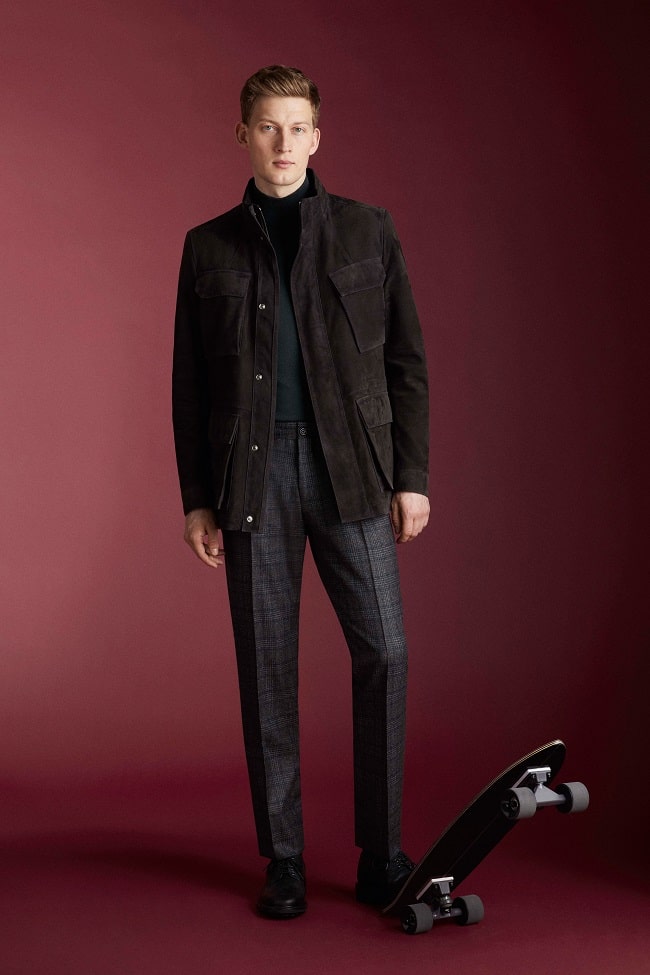
Outer Layer – Techy to Practical
The hikers and backpackers out there – not to mention the skiers and snowshoers once December arrives – will reach for a waterproof shell. Lightweight in feel and generally offering a degree of breathability, such garments add a finishing touch, repelling rain and other precipitation and preventing it from soaking your midlayers all the way through. Water-resistant jackets don’t deliver the full degree of power – they’re still fine for drizzling and light snow – and could be all you need over your puffer for day-to-day tasks. Within the shell realm, soft shells – a bit stretchier and offering greater breathability – present a compromise that, especially with fleece or similar lining, might eliminate your mid garments on cool-somewhat-windy days.
Not every day involves a multi-mile trek, though, and especially with early-morning temperatures just peeking out of freezing, a heavier-weight or more insulated jacket might be necessary. For the right mix plus a degree of water-repellency, start with wool – the classic pea coat here, but also a duffle coat – known to keep moisture at bay, or go the workwear route – waxed cotton duck, which blends canvas-like durability with a finish meant to bead water up so it rolls off. Then, there’s the tried-and-true puffer. Although outdoor enthusiasts think of this garment as a midlayer, everyday and streetwear-forward versions compromise the packability factor for a bit more insulation – synthetic or water-resistant treated down – and an abrasion-resistant outer. And, for a two-for-one punch that covers both your outer and mid garments, consider a 3-in-1 jacket system.
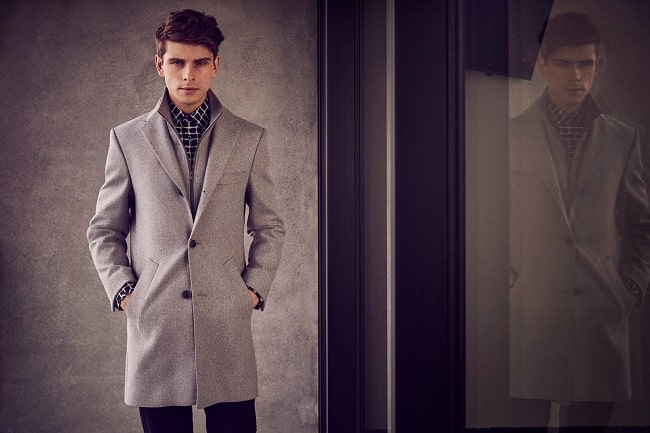
The Extras
As in, not always necessary, but a facet that helps you last out colder or damp weather. Consider getting comfortable with:
A Pair of Runner’s Tights: Sitting closer to the skin, made for movement, and often offering a mix of moisture wicking and ventilation, these gym-or-bust garments bring ordinary thermal underwear to shame. While everyday layering strategies nearly always stick to your upper half, sometimes your chinos and briefs aren’t enough.
An Accessory or Two: Scarves, beanies, and gloves, ideally made out of wool or a similarly insulating, quick-drying synthetic, give you the desired level of coverage once winter officially arrives. Always have a few choices in your arsenal that feel light without compromising warmth and don’t decrease your dexterity.
Insulated Boots: A few years ago, dress boots with a lugged outsole and thin layer of insulation emerged. While on most days a pair of merino socks below your Chelsea boots cuts it, those ice-on-snow conditions we all face midwinter call for something more.

Trending
2
3
4
5
6
7
8
9
10










